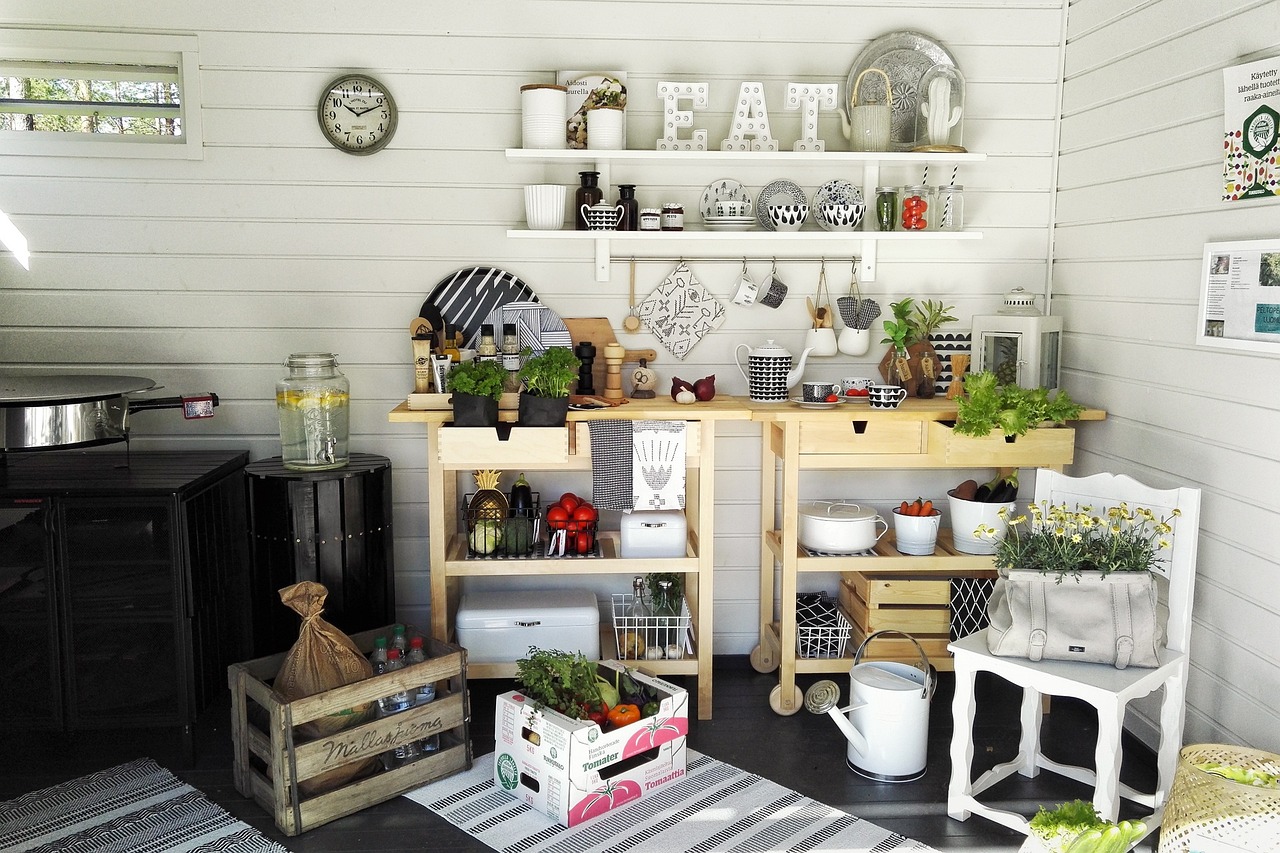Budget-Friendly, DIY Home Improvement Ideas.
Transforming your home doesn’t have to break the bank. With some creativity and basic "DIY Home Improvement Ideas," you can enhance your living space while saving money. Whether you’re a seasoned DIY enthusiast or just getting started, there are plenty of ways to tackle projects that fit your skill level and budget.
Improving your home not only boosts its aesthetic appeal but also increases functionality. This article provides practical tips and guides to help you develop essential "Construction Skills," achieve "DIY Success," and master the "Building Basics" necessary for home improvement projects.

|
| DIY Home Improvement Ideas |
Transform your living space without breaking the bank, following the practical tips of Bob Vila, a renowned home improvement expert. The Home Depot provides a variety of affordable tools and materials to get you started. From repurposing old furniture with a fresh coat of chalk paint to creating stylish shelving units using pallet wood, these budget-friendly projects can give your home a new look.
Understanding DIY Home Improvement
What Is DIY Home Improvement?
DIY home improvement refers to projects that homeowners undertake themselves to enhance their living spaces. These tasks can range from simple fixes like painting a room to more complex projects like building furniture. By doing it yourself, you save money and add a personal touch to your home.
Why Choose DIY Home Improvement?
Taking the DIY route offers numerous benefits:
-
Cost Savings: Avoid expensive labor fees by handling tasks on your own.
-
Skill Development: Learn new "Essential Skills" that can be used for future projects.
-
Personalization: Create unique designs that reflect your style.
-
Satisfaction: Completing a project with your own hands brings a sense of accomplishment.
Key Strategies for DIY Success
Start Small and Build Confidence
Begin with simple projects, such as painting walls or installing shelves, to develop your skills and confidence. This foundation will prepare you for more challenging tasks.
Optimize Your Plan with SMART Goals
Ensure your DIY projects are Specific, Measurable, Achievable, Relevant, and Time-bound. This approach helps you stay focused and efficient throughout the process.
Utilize Digital Resources
Platforms like YouTube and Pinterest offer countless tutorials and inspiration for DIY projects. Use these tools to gather ideas and learn techniques that suit your needs.
Additional Tips for Budget-Friendly DIY
-
Reuse and Repurpose: Use items you already own to save money.
-
Shop Smart: Look for discounts or second-hand materials.
-
Plan Ahead: Prepare a detailed project plan to avoid overspending.
Lessons from Real-Life DIYers
Consider the journey of individuals who turned their homes into masterpieces on a budget. For example, Sarah from Colorado transformed her outdated kitchen using reclaimed wood and thrifted decor. Her story is a testament to the power of resourcefulness and creativity in DIY projects.
Additional Explanation Through Video
The following video will help you understand the deeper concepts:
The video above provides additional perspective to complement the article discussion
Conclusion
DIY home improvement is a rewarding way to enhance your living space while saving money. By starting small, setting realistic goals, and leveraging online resources, you can successfully tackle projects that add value to your home. Dive into these "DIY Home Improvement Ideas" and start your journey toward a more beautiful, personalized living space today!
Frequently Asked Questions
What are some beginner-friendly DIY home improvement ideas?
Painting walls, installing shelves, and creating decorative pieces are excellent starting points for beginners.
How can I save money on DIY projects?
Reuse existing materials, shop at thrift stores, and plan your projects carefully to avoid unnecessary expenses.
What tools do I need for basic DIY projects?
Essential tools include a hammer, screwdriver set, measuring tape, and a power drill. These basics will cover most beginner-level projects.
No comments:
Post a Comment
Your comments fuel my passion and keep me inspired to share even more insights with you. If you have any questions or thoughts, don’t hesitate to drop a comment and don’t forget to follow my blog so you never miss an update! Thanks.